選択した画像 excel countifs greater than value 245791-Excel countif higher than cell value
COUNTIF Greater Than and Less Than COUNTIF GREATER THAN function The Excel COUNTIF GREATER THAN function is a basically using this function and the '>' symbol (GREATER THAN) as your criteria combined with a number value This number represents the boundary above which you want to countUse the COUNTIF function to count numbers greater than or less than a number A11 and A12 has formulas where COUNTIF checks for the number of invoices less than 000 and greater than or equal to ,000 in the B2 range COUNTIF finds 4 values less than 000 and 2 values greater than and equal to 000This formula uses the Excel COUNTIF function to count the number of cells in range (C8C14) that contain a value of greater than or equal to 500, which is directly entered into the formula METHOD 1 Count cells if greater than or equal to a specific value

Advanced Examples Of The Countif Function Of Microsoft Excel
Excel countif higher than cell value
Excel countif higher than cell value-Value in a cell range greater than a value in another range with countif in excel I need to make a countif that works off of a few different elements, the code I have so far I have put below which counts the rows where values in column E and F are both above 0 for a specific name Now I want to add an element into this where it will only count The first one counts how many numbers are greater than the lower bound value (5 in this example) The second formula returns the count of numbers that are greater than the upper bound value (10 in this case) The difference between
:max_bytes(150000):strip_icc()/excel-countif-count-data-R1-5c127057c9e77c0001ec7668.jpg)



How To Count Data In Selected Cells With Excel S Countif Function
If you want to do something specific when a cell value is greater than a certain value, you can use the IF function to test the value, and do one thing if the result is TRUE, and (optionally) do another thing if the result of the test is FALSE In the example shown, we are using this formula in cell F6 = IF(E6 > 30,"Yes","No") So if we are to find the tally of cells greater than any given value from the range of cell to the cell , we need to specify the particular value first in the formula In this case, our formula will look like this one =COUNTIF ( ,">15") From the scenario above, the count of cells greater than 15 value from the set cells and cellAlthough the London occurrence is five times, however, in column B, one corresponding numeric value is 1, so the count is 4 Using the number expression – COUNTIF greater than example As mention earlier, you may also use the expression in Excel COUNTIF function For example ">" greater than "
COUNTIFS can also be used as a worksheet function in Excel COUNTIFS function returns a numeric value COUNTIFS function is not case sensitive in the case of text criteria If the argument provided as 'criteria' to the function is a blank cell, then the function treats it like a zero value Less than operator ' The Excel COUNTIF function will count cells, based on the criteria that you enter As part of the criteria, you can use an operator, such as greater than, or less than, to count a specific range of numbers In this example, the passing score is 50 To find the students who failed the test, you'd count the scores that are less than 50Exercise table you can find it herehttps//wwwgrexcelsheetcom/howtocountlessthanorgreaterthanhtml#excel #countif #lessthan #greaterthan
In the Select Specific Cells dialog, (1) Check Cell option under Select type section, (2) Then select Greater than in first drop down list and type the number criterion in the next to box, and select Less than from second drop down list and type the number into beside box, (3) And check And option Click OK Click the down arrow on the counted field in Columns, click Move to Report Filter Click the down arrow on the filter and exclude I want to use COUNTIF function to count the number of cells in a range where the value of the cell is greater than the value of a referance cell For example =COUNTIF (A10;>B6), exept this is not working It's easy if I would compare it to a number but now I want to compare the value of a cell with the value of another cell




Introducing Excel S Countif Function Pryor Learning Solutions
:max_bytes(150000):strip_icc()/excel-countif-count-data-R1-5c127057c9e77c0001ec7668.jpg)



How To Count Data In Selected Cells With Excel S Countif Function
Re COUNTIF one column greater than next Try =SUMPRODUCT ( (E6>D3D6), (C3C6="M")) Where there is a will there are many ways If you are happy with the results, please add to the contributor's reputation by clicking the reputation icon (star icon) below left corner Please also mark the thread as Solved once it is solved To count the number of cells in the range that contain numeric values greater than a specific value, and you can use the Excel VBA Macro to achieve the same result Just do the following steps Step1# open your excel workbook and then click on " Visual Basic " command under DEVELOPER Tab, or just press " ALTF11 " shortcut The extra cell, cell in this case, contains the number of values less than or equal to the lowest bin number So in the figure, the value of 3 in cell , is the count of the numbers 10, 16, and Third, the FREQUENCY function returns values that are greater than one bin and less than or equal to the nexthigher bin
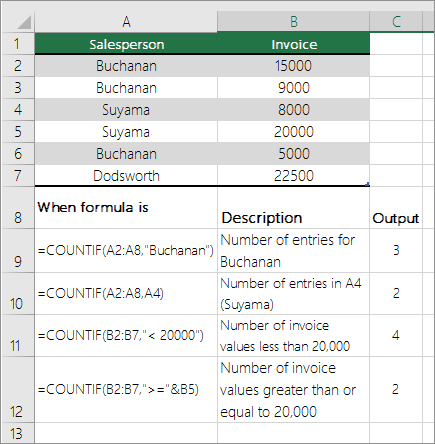



Count How Often A Value Occurs Office Support
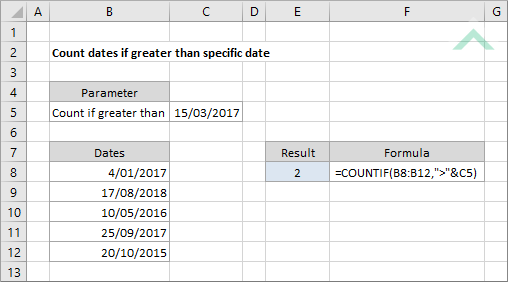



Count Dates If Greater Than Specific Date Using Excel And Vba Exceldome
COUNTIF counts the number of cells in the range that contain numeric values greater than X, and returns the result as a number If you want to count cells that are greater than or equal to 90, use =COUNTIF( C4C10,">=90") If you want to use a value in another cell as part of the criteria, use the ampersand (&) character to concatenate like this Using the versatile COUNTIF and COUNTIFS functions, see how you can count values if date is greater than from a certain date An essential tipSometimes we need to find the count thee number of values if only the value in the cell is less than a particular value or say we need to count values where data value of the corresponding values is less than a given value COUNTIF function returns the sum of range if date is greater than the given date Syntax =




How To Use The Excel Countif Function Exceljet




How To Use Multiple Criteria In Excel Countif And Countifs
Next, we'll create a calculated field, and check if the date field is greater than 2 Select a cell in the pivot table, and on the Excel Ribbon, under the PivotTable Tools tab, click the Analyze tab In the Calculations group, click Fields, Items, & Sets, and then click Calculated Field Type CountA as the Name Countif Greater Than COUNTIF () function is used for counting cells with unique values in a range that meet a certain criterion, or condition This can be used for any type of data including text, numbers, dates or even blank cells The syntax of the COUNTIF () function is very simple when compared to some other excel functions It has twoExcel formula Count cells greater than or less than To count the cells greater than or less than a particular number, you can use the COUNTIF function to handle it Count cells greater than a




How To Use The Countif Greater Than Function In Excel Magoosh Excel Blog




Wildcard With Countifs Or Sumifs Excel Exercise
Suppose you have a product list like in the example below, and you want to get a count of items that are in stock (value in column B is greater than 0) but have not been sold yet (value in column C is equal to 0) The task can be accomplished by using this formula =COUNTIFS(B2,">0", C2C7,"=0") And the count is 2 ("Cherries" andRange the excel range in which you want to count cells having number nonnegative (number greater than or equal to 0) ">0" Criteria nonnegative values Let's see an example Example Count If Positive Number Here we have this table that contains some numbers The table contains some negative numbers, some positive numbers, blank cells, and zeros With Excel functions, it's very important to use the right syntax =COUNTIF(Range;Search criterion) The term range signifies the cells in your table that contain the data you wish to be counted The term search criterion signifies the corresponding value to be taken into account The range should include a beginning and endpoint, separated by a colon
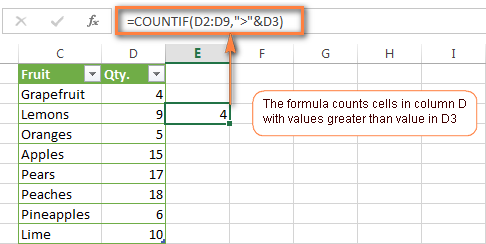



Excel Countif Examples Not Blank Greater Than Duplicate Or Unique




How To Count Number Of Cells Greater Or Less Than 0 Zero In Excel
In other words, you can select all the rows where one criterion is greater than a value For example, if we want to determine the number of men with incomes greater than or equal to 50,000, the formula is =COUNTIFS (C2C,"Man",D2D, ">=") The logical operator must be written between double quotes The & symbol is needed to link theCOUNTIFIn our data set, if we need to find the count of cells greater than 0 as from cell A1 all the way to cell C1, we type the formula in the formula bar in this format =COUNTIF (A1 C1,">0")The greater than or equal to operator (>=) returns TRUE if the first value is greater than or equal to the second value 1 For example, take a look at the formula in cell C1 below Explanation the formula returns TRUE because the value in cell A1 is greater than or equal to the value in cell B1 2




Learn How To Use Countif To Count Cells Greater Than Some Number Excelchat
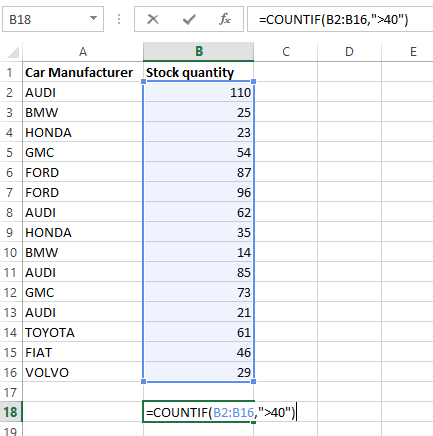



Countif Greater Than Sheetzoom Learn Excel
Test result 'greater than 60' Test result 'equals and greater than 60' #2 Count the number which score is less than a fixed value for example 80 The same way like count 'greater than a value', just input =COUNTIF (B2B11,"Replies 5 Views 38 Fluff Share Counting values is an easy task using Excel's COUNTIF() function This function counts the number of cells in a range that meet a specific condition The condition is any value that's greater




How To Use Excel Countif Function Examples Video




Learn How To Use Countif To Count Cells Greater Than Some Number Excelchat
Then, using this OR logic in COUNTIF/COUNTIFS can be a game changer for you The thing is, Normally, when we COUNTIF we can just count cells by specifying a single condition and with COUNIFS we can specify more than one condition but it uses AND logic to count valuesReplies 2 Views 112 Replies 3 Views 213 excelBean25 E Solved; 2 The next step is to get the count of all the cells which happen to be greater than 0 We do this with the help of a formula;
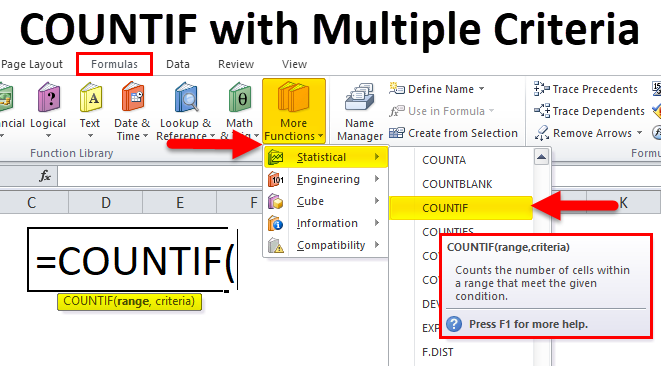



Countif With Multiple Criteria Formula Examples How To Use



Countif Master This Amazing Formula Guide Earn Excel
The COUNTIF function counts the number of cells that meet specified criteria It can count the number of cells that contain a numeric value greater than a specified number as criteria Issue with COUNTIF "greater than" with numeric values to 6 decimal places JugglerJAF;The Excel IF function is then used to test if the Excel COUNTIF function found one or more cells in the range that have a value greater than or equal to the value in cell C5 If the test is TRUE the formula will return a "Yes" value, alternatively if the test is FALSE the formula will return a "No" value




Why Does My Excel Countif Function Always Return A Value Of 0 Super User




How To Use Countif Function In Excel Efinancialmodels
VBA Excel fomula returns a value when formula = blank nitrammada; To get the count of cells with a value greater than a specified value, we use the greater than operator (">") We could either use it directly in the formula or use a cell reference that has the criteria Whenever we use an operator in criteria in Excel, we need to put it




Excel Formula Count Cells Greater Than Exceljet
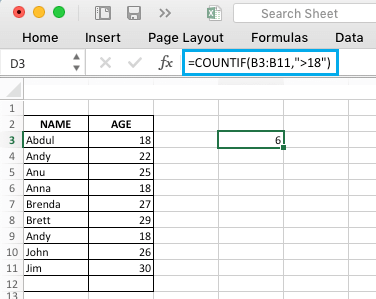



How To Use Countif Function In Excel




How To Countif With Multiple Criteria In Excel



1




Excel Formula Count Cells Between Two Numbers Exceljet
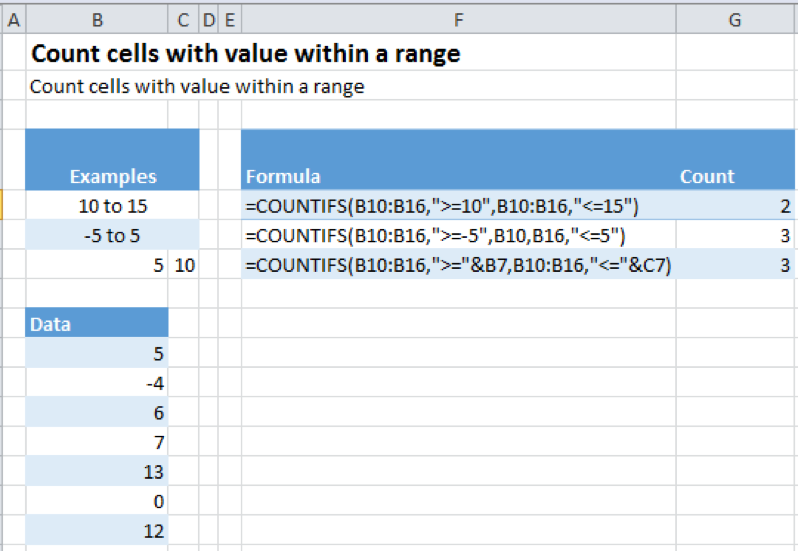



Count If Cells In Range Automate Excel




Excel Formula Count Cells Greater Than Exceljet



Q Tbn And9gctiqzrsa9s4zgevfm7rljdzeytbqwhgqk 3o 4wy3nzkwwbhiy Usqp Cau




How To Count Cells With Values Greater Than Excelnotes




Excel Countif Function How To Use
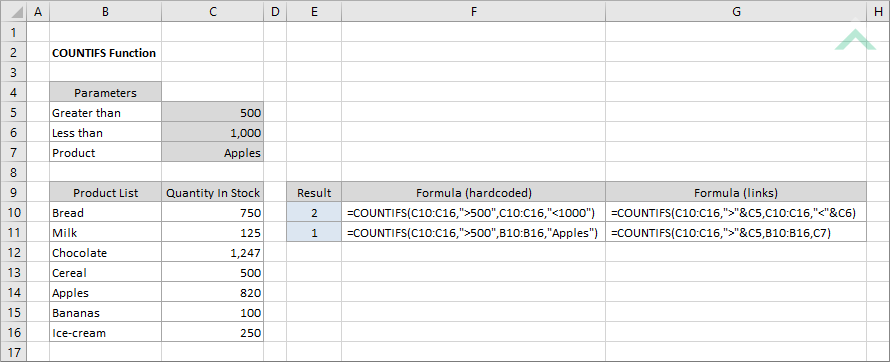



Excel Countifs Function Excel Vba
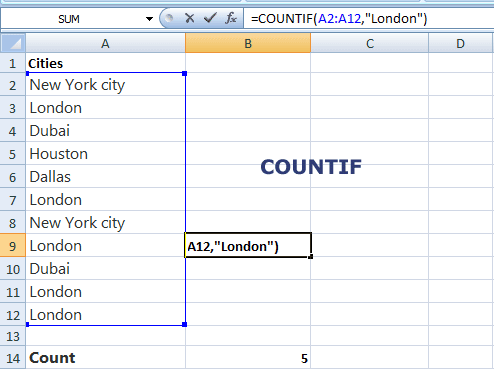



12 Examples Of Excel Countif Function To Understand Thoroughly




Excel Formula Count Cells Greater Than Or Less Than
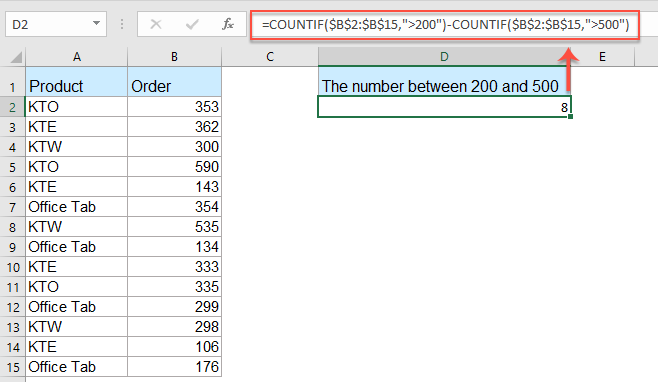



How To Countif With Multiple Criteria In Excel




Excel Countifs With Multiple Criteria And Or Logic Youtube




Excel Countif And Countifs Formulas Explained My Online Training Hub



How To Use The Countif Function Instead Of Vlookup Video Excel Campus
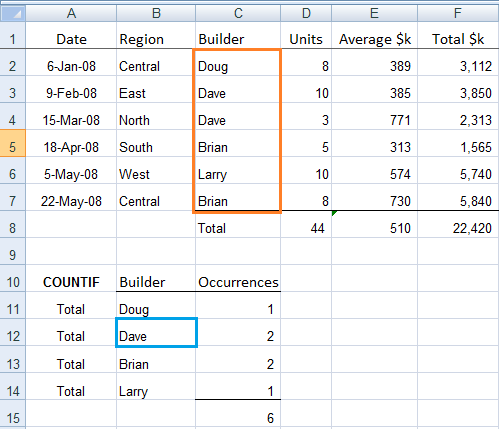



Excel Countif And Countifs Formulas Explained My Online Training Hub
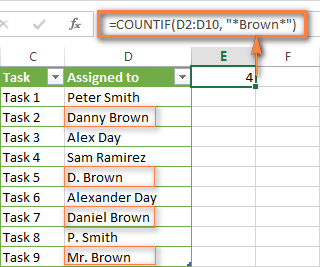



Excel Countif Examples Not Blank Greater Than Duplicate Or Unique
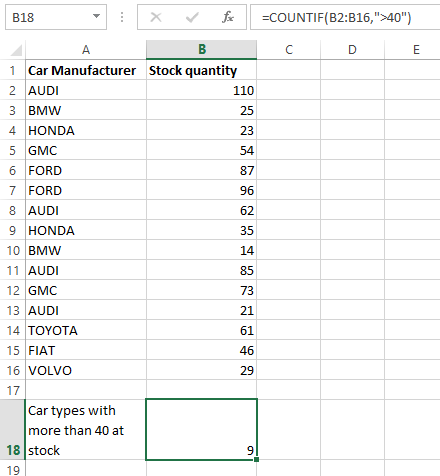



Countif Greater Than Sheetzoom Learn Excel
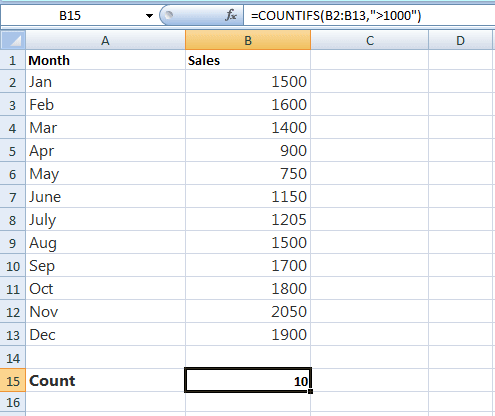



12 Examples Of Excel Countif Function To Understand Thoroughly




Excel Count With Multiple Criteria Countifs Function Youtube
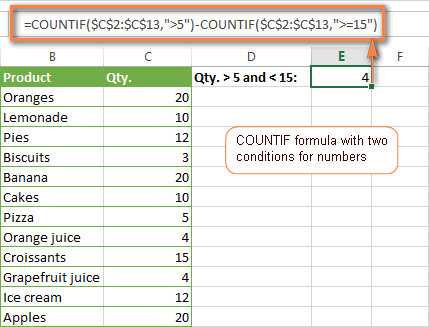



Excel Countif Examples Not Blank Greater Than Duplicate Or Unique
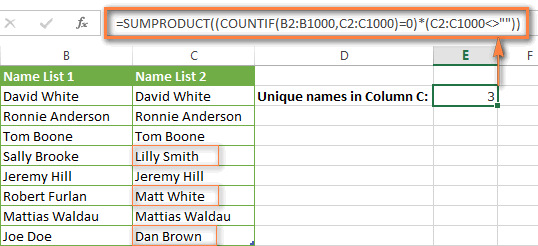



Excel Countif Examples Not Blank Greater Than Duplicate Or Unique




How To Count Between Dates Using Countifs Formula




Use Countifs To Evaluate Multiple Count And Criteria Ranges Techrepublic




Count Cells Greater Than




How To Use The Countif Greater Than Function In Excel Magoosh Excel Blog




How To Count Sum The Cells Greater Than But Less Than A Number




How To Count Values If Date Is Greater Than By Using Countif Function



Countif Master This Amazing Formula Guide Earn Excel




Advanced Examples Of The Countif Function Of Microsoft Excel




Best Excel Tutorial Countif Function




How To Use The Countifs Function In Excel Youtube
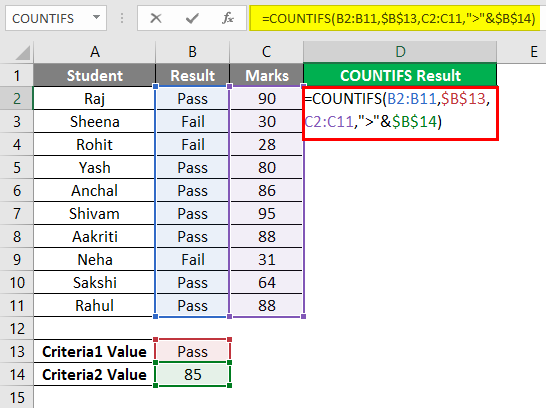



Countifs In Excel How To Use Countifs Formula In Excel
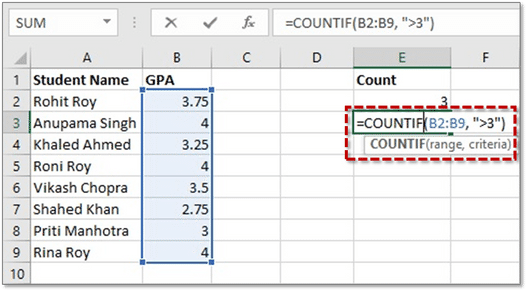



Tricks Countif Excel With Example How To Use Countif Function In Excel
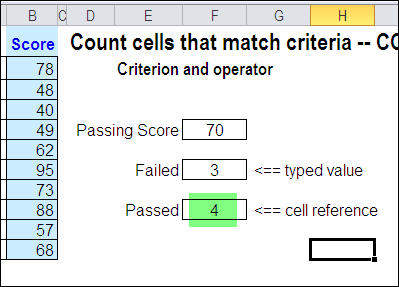



Count Cells Greater Than Set Amount With Excel Countif Function Contextures Blog
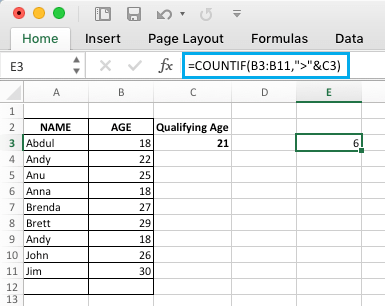



How To Use Countif Function In Excel
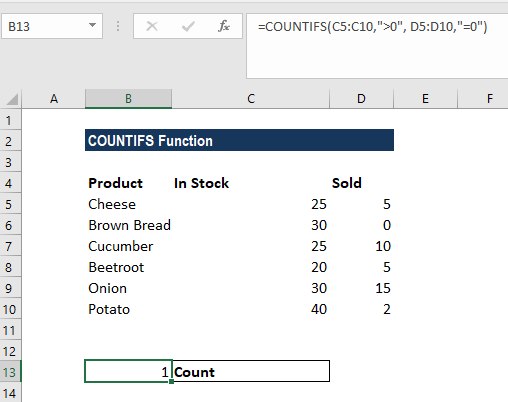



Countifs Function Formula Example Count Multiple Criteria
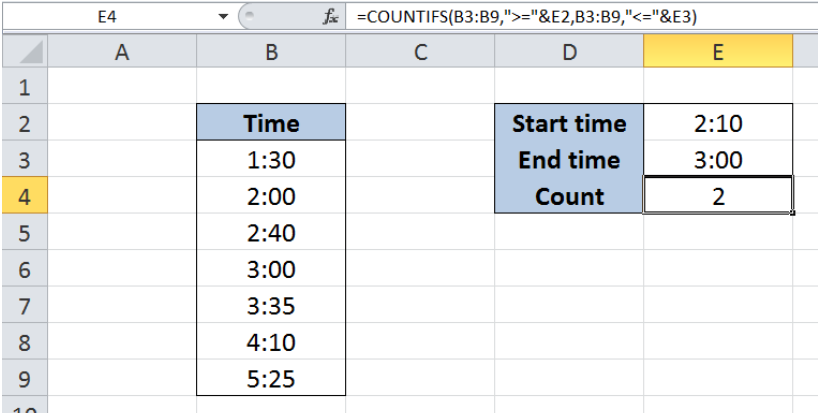



Excel Formula Count Times In A Specific Range




How To Use Multiple Criteria In Excel Countif And Countifs




Count Cells Greater Than Set Amount With Excel Countif Function Contextures Blog




How To Use Excel Countif Function Examples Video
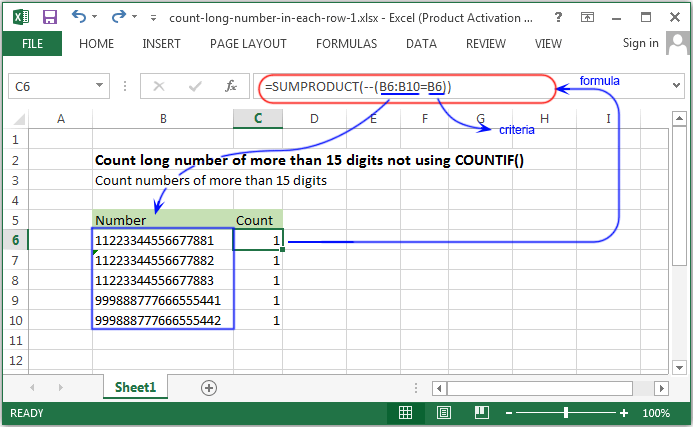



Excel Count Count Long Number Of More Than 15 Digits Not Using Countif W3resource




Wildcard With Countifs Or Sumifs Excel Exercise
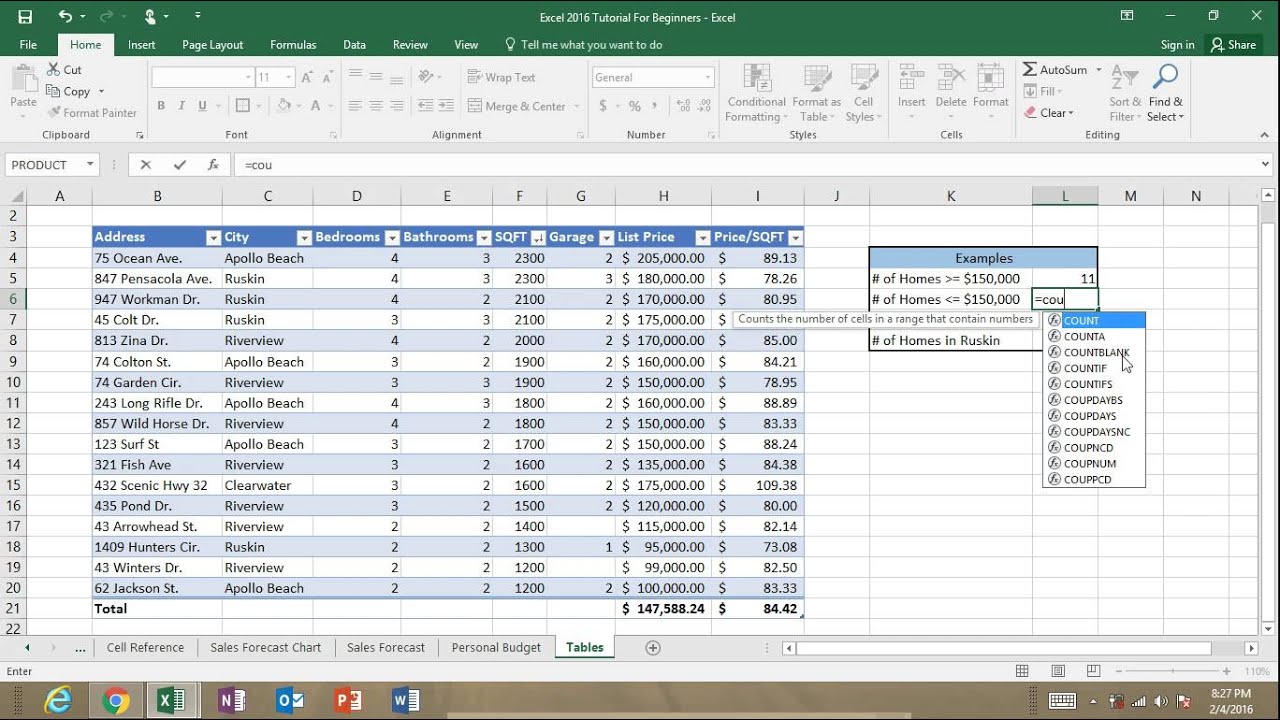



Excel Countif Greater Than Or Equal To Meofarmontsec




How To Count Values If Date Is Less Than By Using Countif Function




Count Cells Greater Than Set Amount With Excel Countif Function Youtube




Counting Date Values By Specified Date Criteria
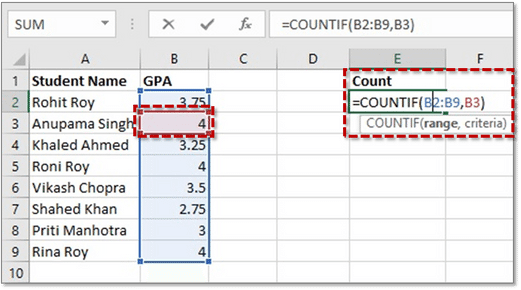



Tricks Countif Excel With Example How To Use Countif Function In Excel



1




How To Handle Countif With Multiple Criteria In Excel Magoosh Excel Blog
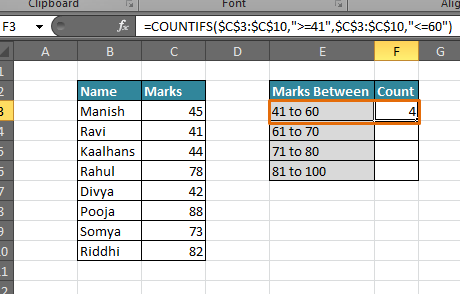



Counting The Number Of Values Between Two Specified Values In A List In Microsoft Excel
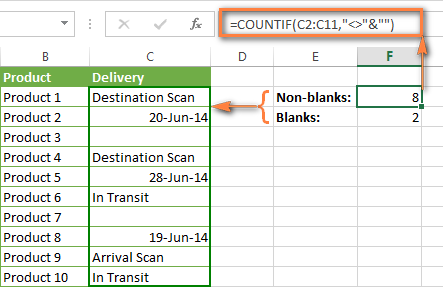



Excel Countif Examples Not Blank Greater Than Duplicate Or Unique
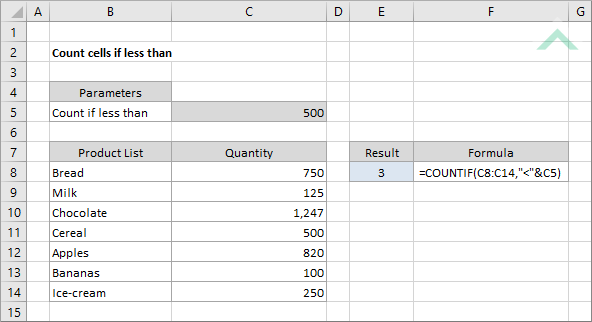



Count Cells If Less Than Using Excel And Vba Exceldome
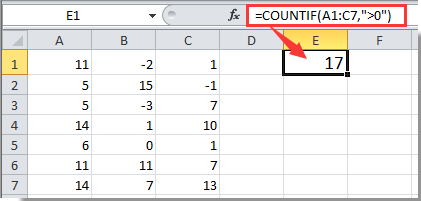



How To Count Number Of Cells Greater Or Less Than 0 Zero In Excel
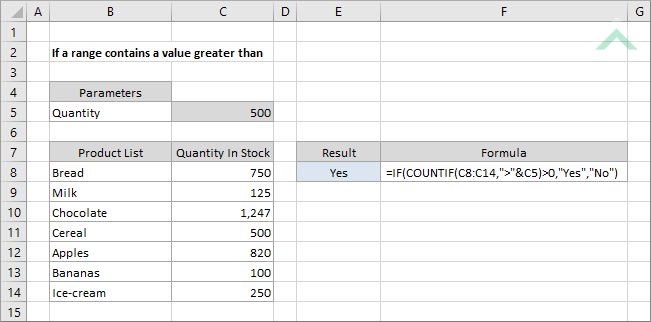



If A Range Contains A Value Greater Than Using Excel And Vba Exceldome
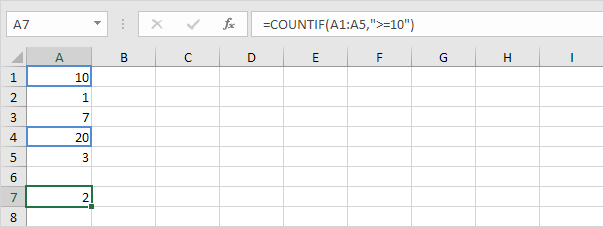



How To Use The Countif Function Easy Excel Formulas
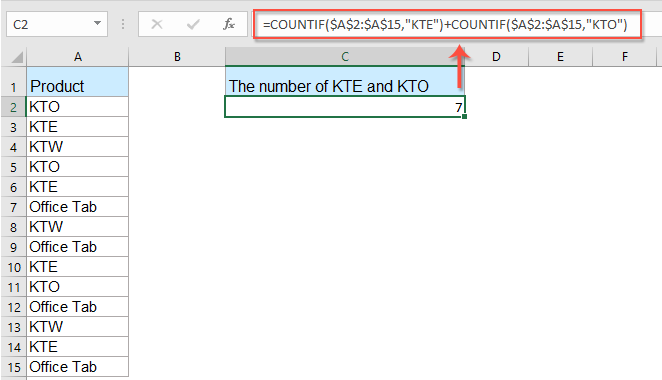



How To Countif With Multiple Criteria In Excel
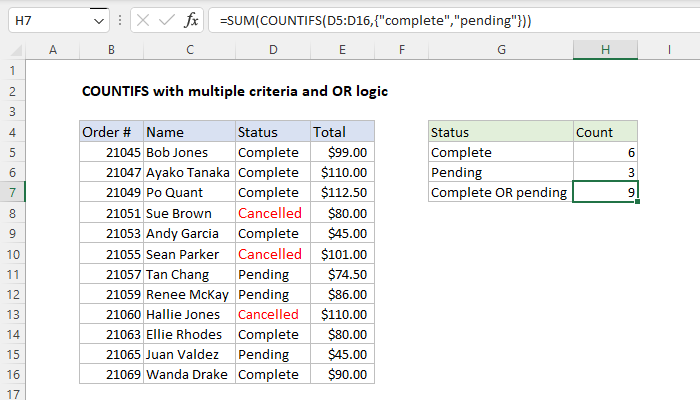



Excel Formula Countifs With Multiple Criteria And Or Logic Exceljet
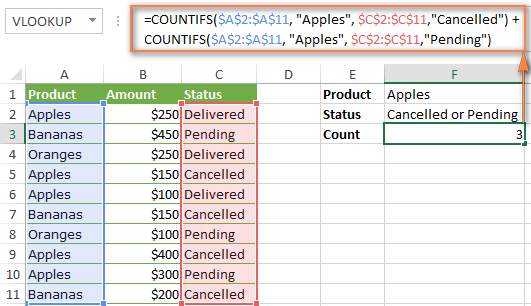



Excel Countifs And Countif With Multiple And Or Criteria Formula Examples




Use Of Countif With Multiple Criteria Excel Youtube
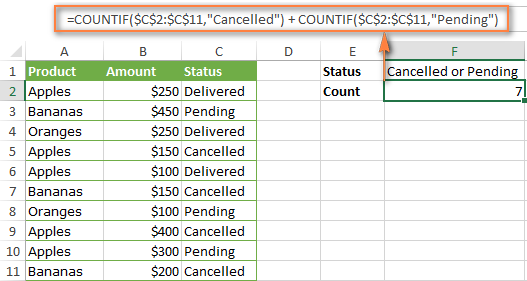



Excel Countifs And Countif With Multiple And Or Criteria Formula Examples
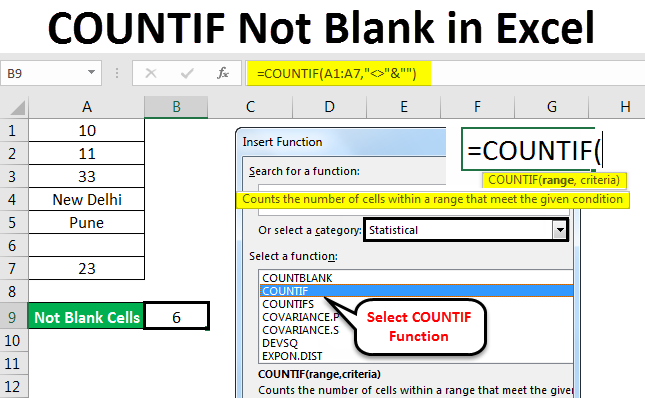



Countif Not Blank In Excel Formula Example How To Use
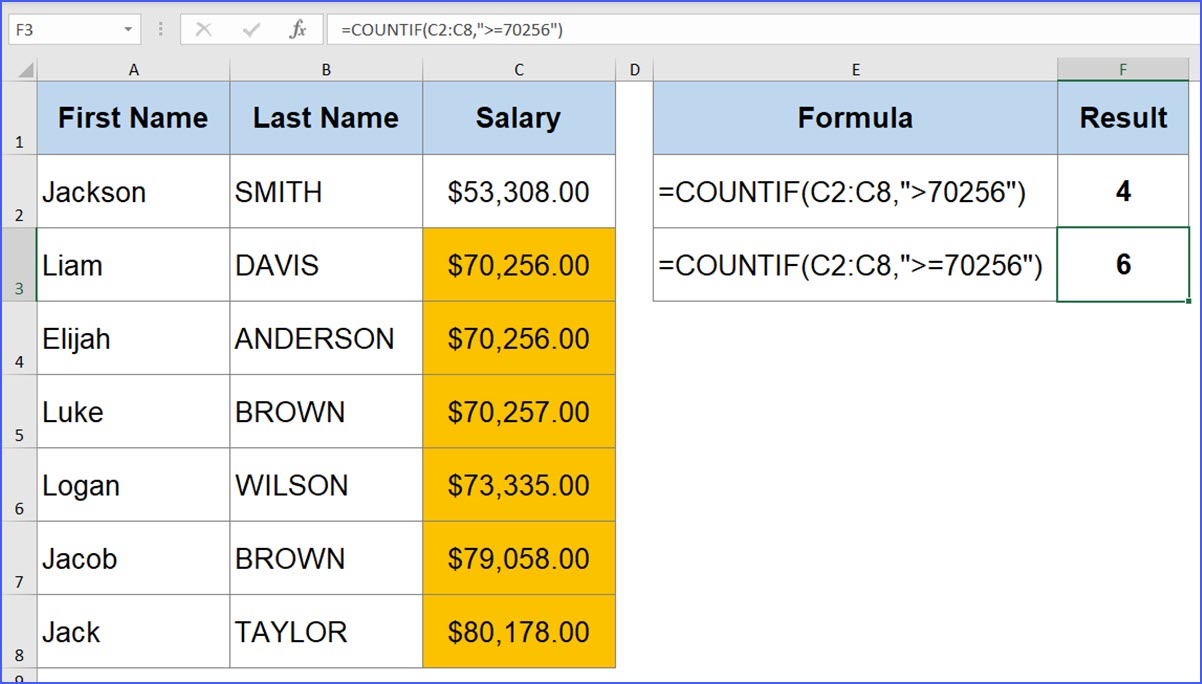



How To Count Cells With Values Greater Than Or Equal To Excelnotes
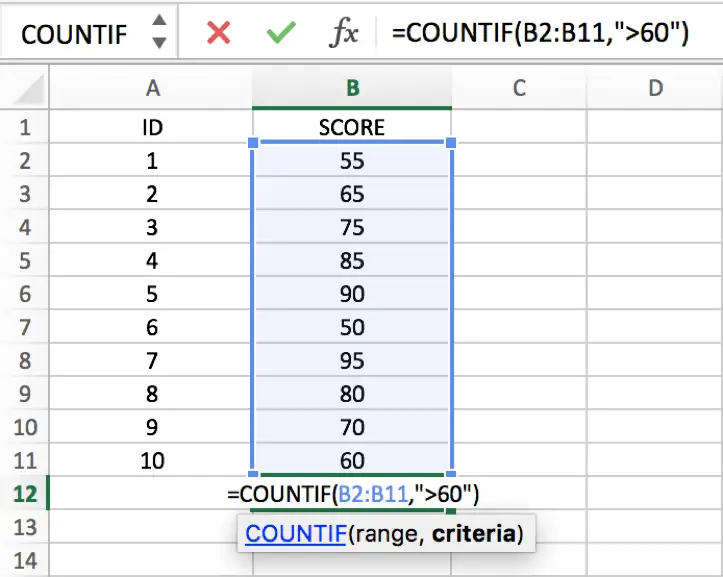



How To Count And Sum Greater Than And Less Than A Number In Excel Free Excel Tutorial
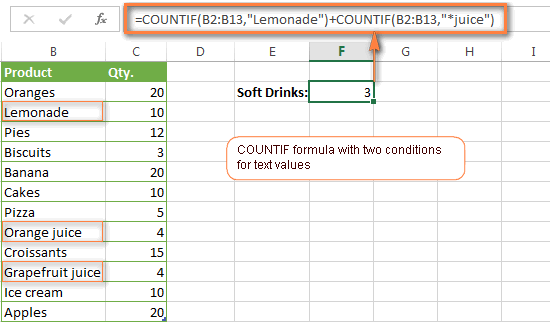



Excel Countif Examples Not Blank Greater Than Duplicate Or Unique
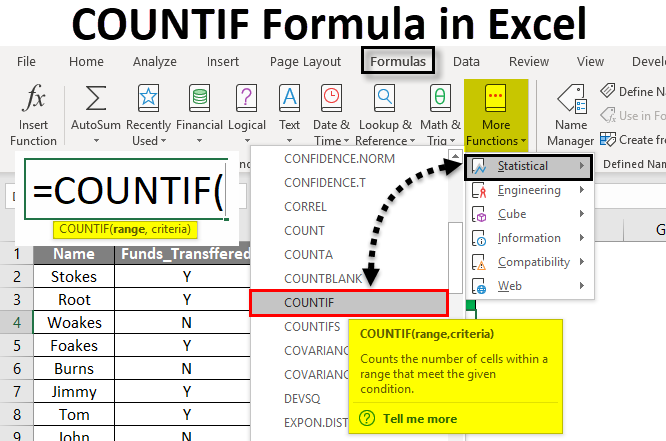



Countif Formula In Excel Use Countif Formula With Examples
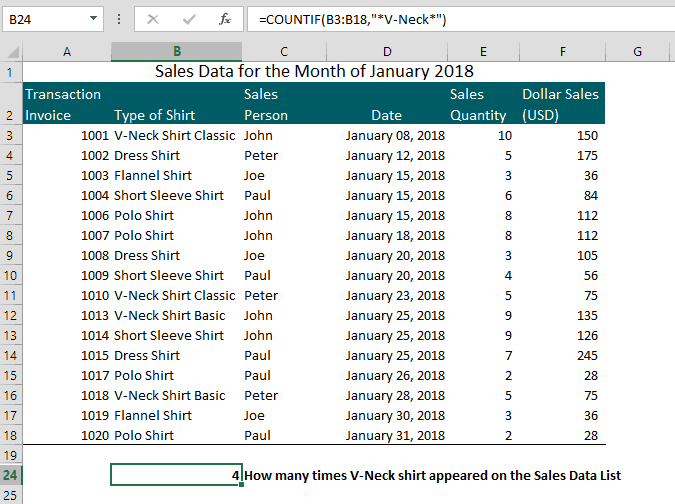



How To Use Countif Function In Excel Efinancialmodels




How To Use The Excel Countifs Function Exceljet
:max_bytes(150000):strip_icc()/dynamic-countif-5bf60cc046e0fb0026642b26.png)



Use A Dynamic Range In Excel With Countif And Indirect




Best Excel Tutorial Countif Function



Excel Countif Usage Include Greater Than Or Equal And Multiple Criteria Examples Lionsure
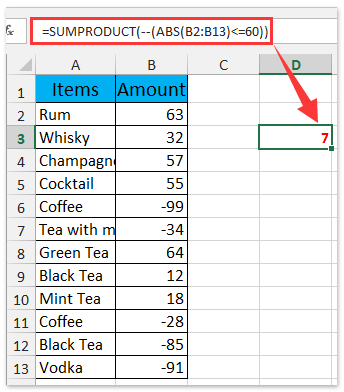



How To Countif Absolute Values Greater Less Than Given Value In Excel




How To Handle Countif With Multiple Criteria In Excel Magoosh Excel Blog




Formulas For Counting The Cells Greater Than A Given Values In Excel
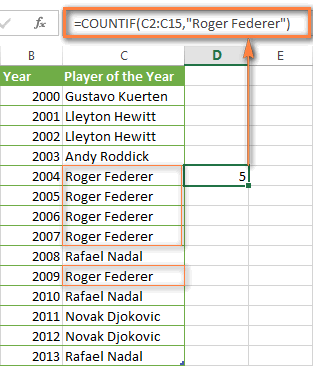



Excel Countif Examples Not Blank Greater Than Duplicate Or Unique




How To Countifs With Or For Multiple Criteria In Excel
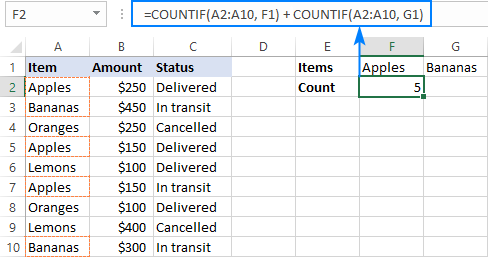



Excel Countif And Countifs With Or Conditions




How To Use The Countif Function In Excel



1
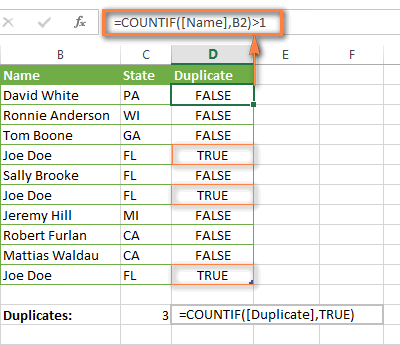



Excel Countif Examples Not Blank Greater Than Duplicate Or Unique
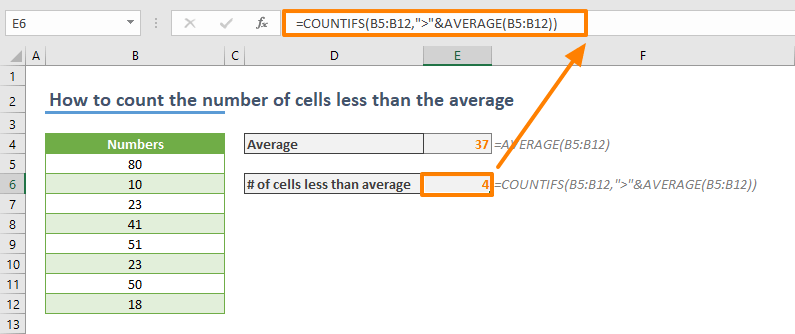



How To Count The Number Of Cells Greater Than The Average In Excel
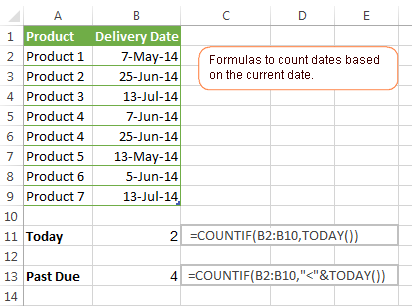



Excel Countif Examples Not Blank Greater Than Duplicate Or Unique




Count Cells Greater Than Set Amount With Excel Countif Function Contextures Blog
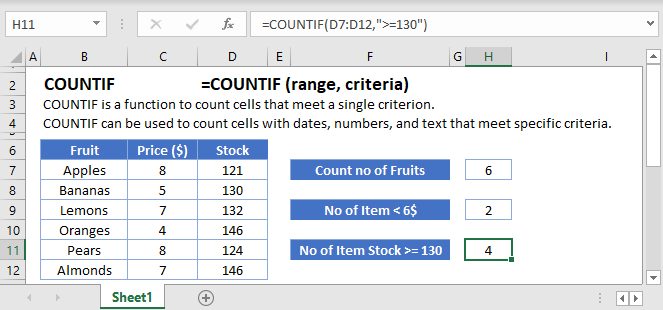



Countif And Countifs Functions Excel Vba Google Sheets Automate Excel


コメント
コメントを投稿